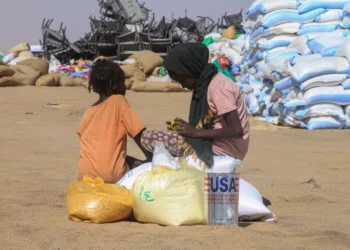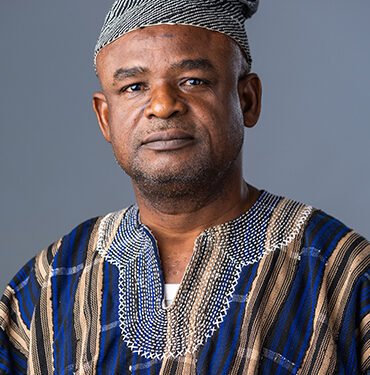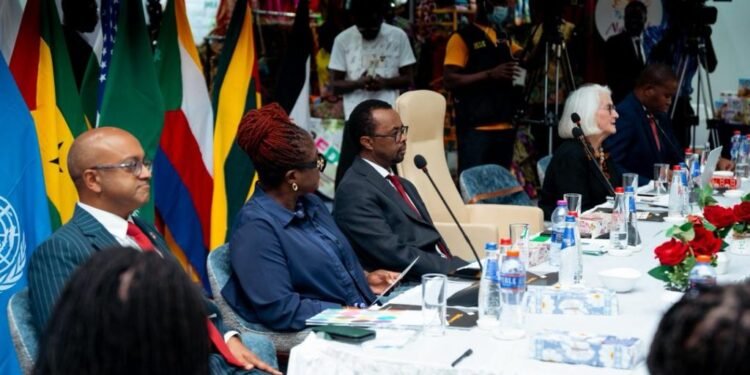A new United Nations report has warned that ‘hotspots’ in Burkina Faso, Yemen, South Sudan and Nigeria are on the brink of severe levels of food insecurity and could potentially fall into famine within three to six months as the coronavirus pandemic takes away people’s ability to access food.
The Early Warning Analysis of Acute Food Insecurity Hotspots report conducted by the Food and Agriculture Organization (FAO) and the World Food Programme (WFP) found that “millions of people who were already facing hunger are on the brink of famine as the pandemic plunders employment, disrupts agricultural activities, slashes remittances and sends crude prices spiralling.”
“We are at a catastrophic turning point. Once again, we face the risk of famine in four different parts of the world at the same time,” said Margot van der Velden, WFP Director of Emergencies.
Burkina Faso, Yemen, Nigeria and South Sudan were already facing a dangerous combination of conflict, mass displacement, economic crisis and climate and agricultural calamity. COVID-19 and subsequent restrictions and lockdowns that followed have only intensified the pain.
An agricultural economist at FAO, Luca Russo, revealed that up to 80 percent of the people experiencing acute food insecurity are farmers, herders, fishers and foresters. COVID-19 has disrupted their ability to work their land, care for their animals, go fishing and access markets to sell their produce,
“They have little cash reserves to fall back on and could be forced to abandon their livelihoods,” Russo warned. “Once a poor family does that, getting back on their feet again becomes difficult.”
“Declines in farming household mean that poor farming families will have less money to buy food and meet critical needs. The amount available for other expenses like education, health spending will be cut. So we are not just talking about hunger here,” Russo added.
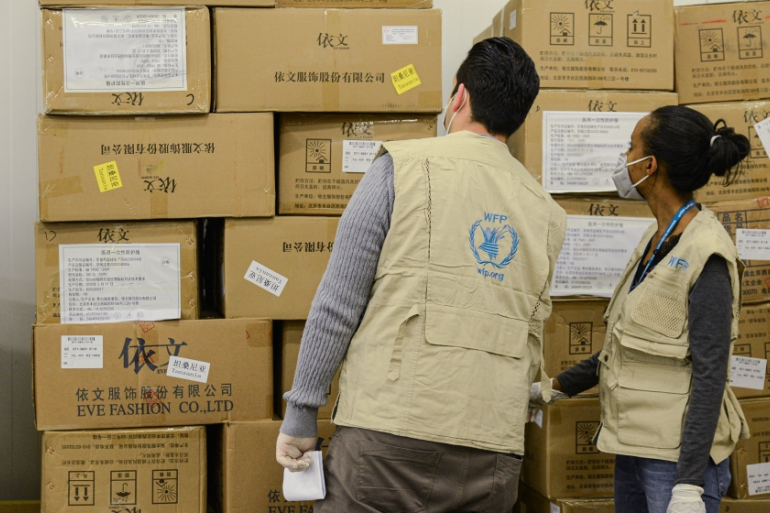
135 million people were facing a food crisis or emergency in 55 countries and territories already in 2019.
In Latin America and the Caribbean region, Haiti is at risk due to irregular rain coupled with an economic crises. Venezuelans, in the midst a deep economic crisis and recession, are also at risk of acute hunger.
In the Democratic Republic of the Congo, 22 million people are estimated to be acutely food insecure – the highest number ever registered for a single country.
Also, Burkina Faso, where conflict, displacement and COVID-19 have plummeted employment and food access, the number of hungry people has almost tripled this year compared with 2019.
Yemen as well faces a dreadful situation according to the report, with conflict and an economic crisis leading to severe suffering for the population, particularly for women and children.
The Hotspots report warns that unless critical action is taken fast, the world could experience its first outbreak of famine since it was last declared in 2017 in parts of South Sudan.
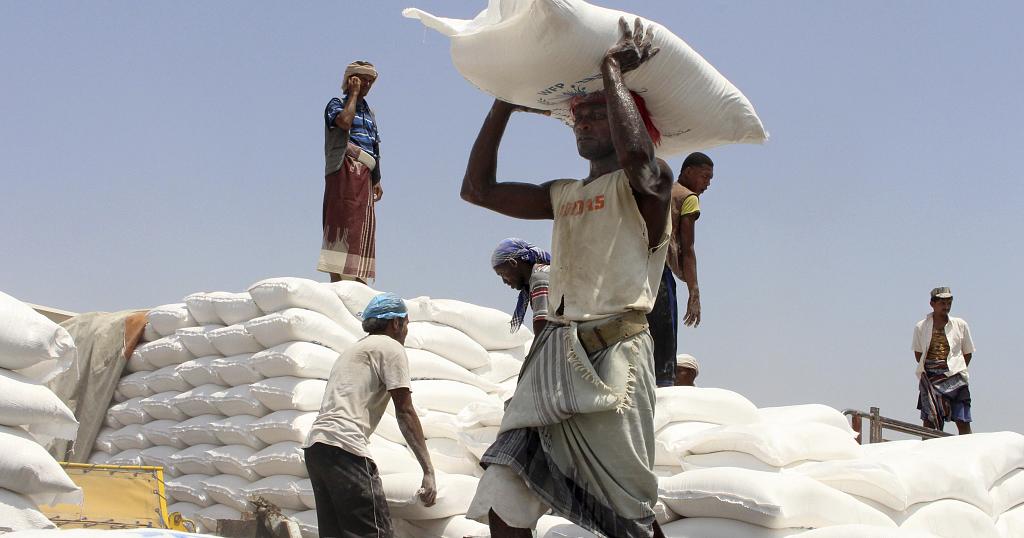
Famine is the most severe of five phases used by the Integrated Phase Classification (IPC) system to chart escalating degrees of food insecurity.
The FAO and the WFP emphasize that the situation is severe and people suffer and die from hunger before international agencies actually declare a famine.
“When we declare a famine it means many lives have already been lost. If we wait to find that out for sure, people are already dead,” said WFP’s Director of Emergencies.
In Somalia in 2011, for example, 260,000 died from starvation. While the famine was declared in July, most people had already died by May.






